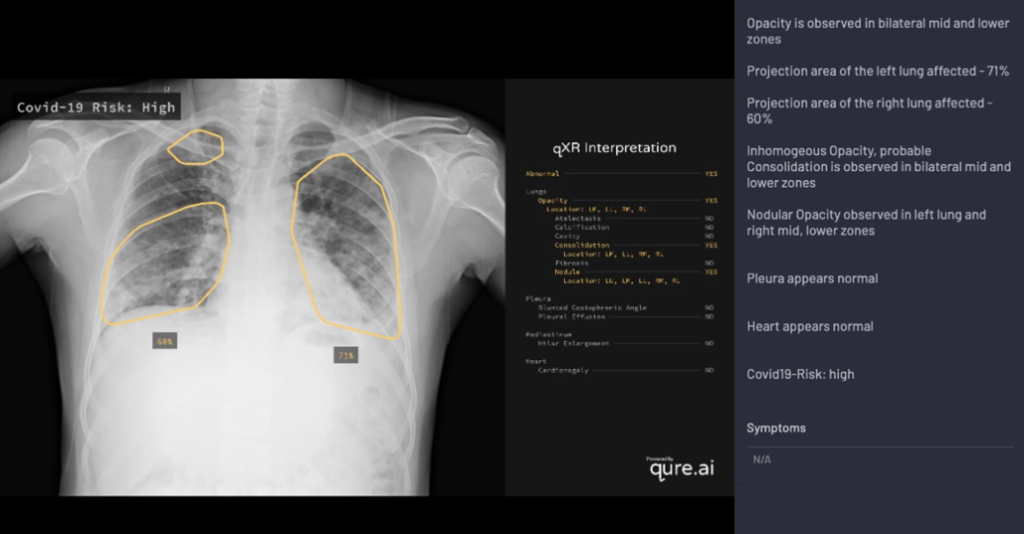
The coronavirus pandemic has led to an unprecedented medical crisis, whose impact on the economy and the social fabric may be felt for years to come. Seeking to keep things under control, world leaders, policymakers, and public health experts have had to think fast, sometimes making less informed decisions that they would have liked due to the urgency of the matter.
This is where artificial intelligence (AI) and data analytics come in handy, helping organizations and governments to make sense of a seemingly unmanageable world of big data.
Finding the needle in the viral haystack
Now that many countries, including the United States, are considering relaxing physical distancing measures, public health experts and leaders are turning to data analytics in order to mitigate the impact of the outbreak going forward.
In the COVID-19 crisis, healthcare analytics has been used from tracking hospital capacity to identifying high-risk patients. In the future, such insight will become indispensable in order to manage the crisis and save as many lives as possible.
In fact, because everything is so new, there’s a never-before-seen bombardment of information. To make matters worse, there’s a great deal of deal of uncertainty as to what groups are most vulnerable to infection, how long immunity lasts, and so on, which underscores the importance of data accuracy.
“Machine learning and data analytics are going to play a really important role in understanding the spread of disease, as well as understanding the effectiveness of our different responses to disease,” Joe Corkery, MD, director of product management at Google Cloud, told HealthITAnalytics.
“We’re going to see a lot of impact there. We’re seeing drug discovery at scale, and the effect of data analytics in real-time. This kind of research is highlighting the fact that there are a lot of new things that we can do to make data analytics more easily repeatable and specific to healthcare use cases.”
In order to fill in the gaps, research groups such as the Regenstrief Institute are conducting anonymous national surveys to gain a better sense of the underlying prevalence of the virus. During the survey, respondents can report on their symptoms from their mobile device, providing researchers with disease spread and hotspots.
Elsewhere, researchers at CAS, a division of the American Chemical Society., are leveraging publically-available datasets. Using AI and data analytics, the group of researchers aims to mine big data in order to identify known or potential antiviral compounds that could be turned into treatments for COVID-19.
Likewise, Harvard Medical School and Dana Farber Cancer Institute recently partnered with Google Cloud to take advantage of advanced cloud and analytics technologies to accelerate the discovery of potential therapies.
Besides Harvard, Google is working with a number of academic institutions. One project involving Northeastern University and the University of Virginia aims to track and forecast the spread of COVID-19.
“To help with these projects, we’ve expanded the coverage of our public data set program and launched a COVID-19-specific public data set program, so that people can query these datasets themselves and join them with other data,” Corkery said.
“We’re really excited to be able to partner with the different organizations that are coming through this program, and to help them understand how we can work together to improve analytics and models that they can apply to the industry.”
COVID-19 and its legacy on healthcare analytics
The degree of collaboration among research groups across the world has been unprecedented in response to the COVID-19 crisis. After the pandemic is over, solidarity and open access ought to continue. Many changes that we’re seeing today in the academic space might be permanent, with important implications for all sectors of research — healthcare most of all.
In other words, the pandemic might be a catalyst for change for the greater good.
For instance, vaccine development could be transformed going forward. Typically, only a handful of pharma giants and a select few Ivy League institutions would be involved in the development of important vaccines. In the future, partnerships will be a lot more heterogeneous, involving a wider range of stakeholders.


